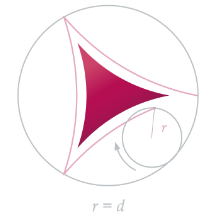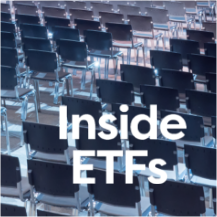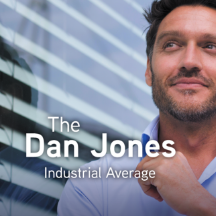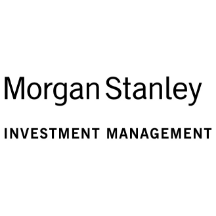A Brief History of Parametric
It started with a question. What if the stories traditionally told about a publicly traded company—its products, its management team, its assets, its liabilities, and other things one might read in an annual report—were just that: stories? What if there were more value in looking at stocks’ risk-return attributes than in companies’ balance sheets? What if you could engineer a purely quantitative, systematic, scientific way to invest? Three men were convinced they could.
Bringing an idea to life
Bill Cornelius, Mark England-Markun, and Randy Lert launch Parametric
Rising to the challenge
Parametric builds its first direct indexing portfolio
Making new friends
Parametric joins forces with some powerful partners
Spreading our wings
Parametric expands its influence
Gaining new resources
Parametric becomes part of Morgan Stanley
The journey continues
We’re proud of our past, but we’re busy making new Parametric history. Learn more about what we do or get in touch.














